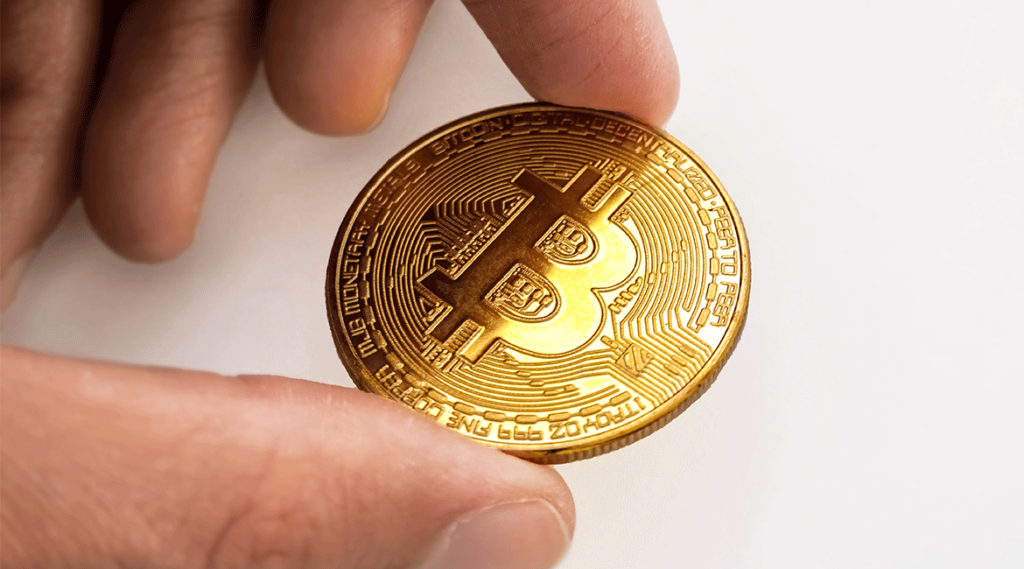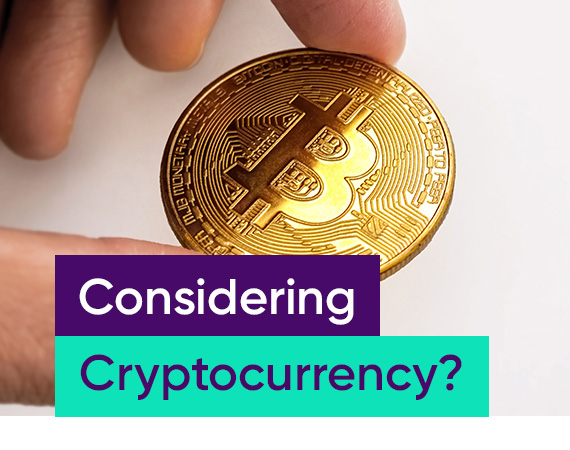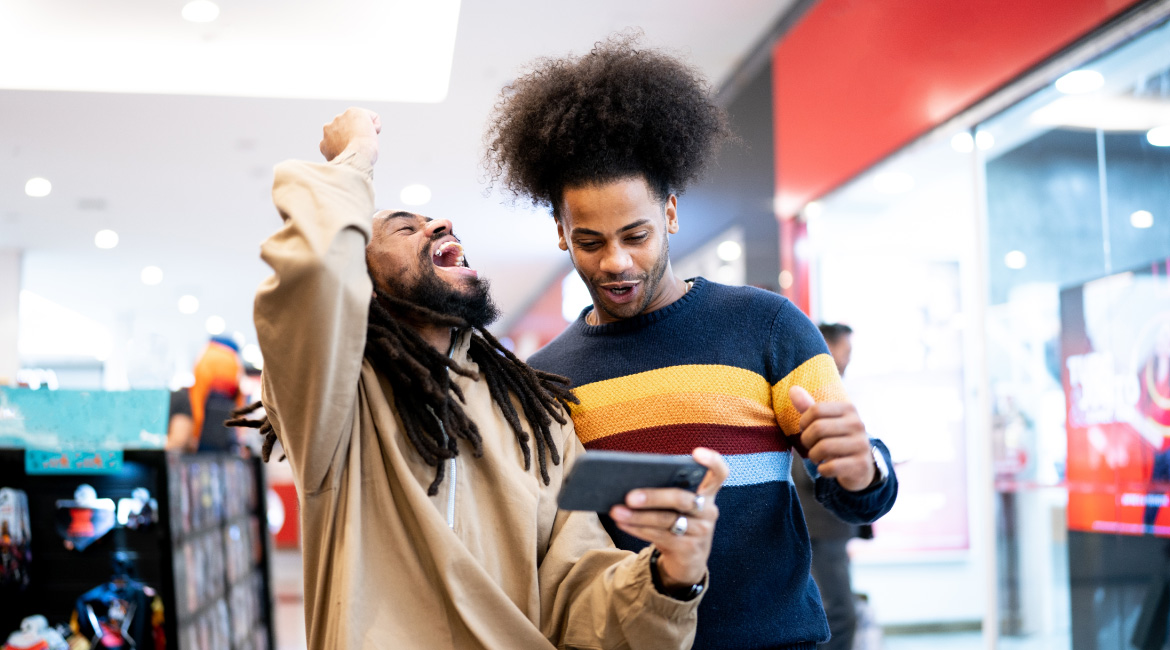
If you haven’t heard of cryptocurrency by now, we can only assume you’ve been living under very large, comfortable rock. And if you have been living under a very large, comfortable rock, then welcome! Today we’re going to be talking about cryptocurrency, which didn’t use to be a thing but is now, undoubtedly, a thing.
And don’t take our word for it – take the word of the millions of people around the world who have been buying, selling, and investing in cryptocurrency for years already.
What is cryptocurrency?
Cryptocurrency (or crypto) is defined as any form of currency that exists digitally, and that uses cryptography to secure transactions. What separates crypto from other forms of currency – like the Aussie dollar – is that it has no central issuing or regulating authority. It uses a decentralised platform, known as the Blockchain, which is basically a public ledger. The Blockchain keeps a history of every cryptocurrency transaction that has ever (and will ever) been. made. New units of crypto are generated through ‘mining’, which essentially involves computers solving a bunch of mathematical equations at scale. When those equations are solved, new crypto ‘coins’ are issued.
Wait, what?
We know, it’s a bit to get your head around. The simplest way to think of it is just as a new type of currency class that only exists digitally. It’s inherently tricky to visualise because crypto is still a long way from realising its potential. It’s a little like if someone tried to explain the internet to you 10 years before it existed – it’s almost impossible (“Wait…so you’re saying all of human knowledge and history and information will be instantly accessible and stored on a cloud? And I can plug into it by using my phone line?”)
How many types of cryptocurrency are there?
Lots. But for those just starting to look into crypto, you should only really concern yourself with the two biggest. Bitcoin, the first coin to market, is the one you would’ve heard the most about as well as the largest and most stable coin in circulation right now. It was founded in 2009 and remains the most commonly traded. The second is Ethereum, which was founded in 2015 and is the second most popular currency after Bitcoin.
Where can I buy, store, and spend cryptocurrency?
Buy: There are tonnes of user-friendly apps out there that make it easy to purchase crypto (which Dodo does not endorse, BTW). Many of them also have pretty robust tutorials and how-to guides for getting started. In theory, it’s pretty simple: set up an account, fund the account with your own money, then use that money to buy crypto assets – just like you might regular stocks or shares. Before you think about doing anything in the world of crypto, it’s important for you to do your own research.
Store: Crypto is kept in a digital wallet, and typically guarded by private keys and passwords.
Spend: Unless you live in El Salvador (which was the first country in the world to accept Bitcoin as legal tender), the options for spending your Bitcoin can be scarce. That said, as the popularity of crypto increases, so too do the options – it’s just a case of researching and keeping your eyes open. Some cafes and restaurants are already accepting Bitcoin payments in Australia, as well as a host of other businesses, including an IGA, a beef jerky shop, and an online pet store!
What does the future of crypto hold?
It’s hard to say. When Bitcoin was first launched, the idea was that you’d be able to use it everywhere, all the time, for anything. But while the uptake has been slow, the potential of the system has drawn widespread support, and so investors in crypto today are really investing in crypto’s potential rather than how useful or practical it is right now (While many pundits first wrote it off as a fad, it has since proven that it’s here to stay – the only question is how much of an impact it will have on our global financial systems moving forward.
Need some more bandwidth to help with your crypto research? Dodo can help with that.





